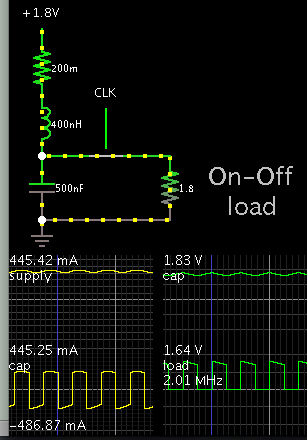areebaa
Member level 2
hi,
I have designed a simple low power boost converter. vin 1.8V vout 2v fsw=2M .
how can I calculate efficiency with error tolerance ? any help will be appreciated
thanks
I have designed a simple low power boost converter. vin 1.8V vout 2v fsw=2M .
how can I calculate efficiency with error tolerance ? any help will be appreciated
thanks


